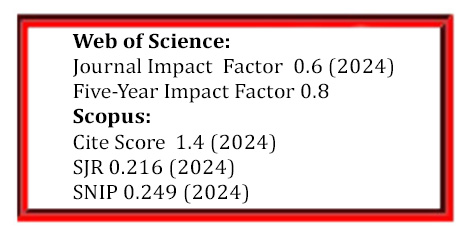Optimizing Self-compacting Concretes with Recycled Plastic Aggregate: Fresh and Hardened Properties – Experimental Study and Modeling
DOI:
https://doi.org/10.5755/j02.ms.38687Keywords:
self-compacting concrete, recycled plastic aggregate, fresh state properties, hardened state properties, ultrasonic pulse velocity, sustainability, correlationAbstract
This study investigates the effects of incorporating recycled polyethylene terephthalate (PET) plastic aggregate into self-compacting concrete (SCC) as a partial replacement for natural aggregate. Six SCC mixtures were prepared with plastic aggregate replacements of 0 %, 10 %, 20 %, 30 %, 40 %, and 50 % by volume. The research examines both fresh and hardened properties of the concrete. Fresh properties were evaluated using slump flow (D, T500), J-ring (D, DH), V-funnel (TV), L-box tests (L=H2/H1), and sieve stability (Π). Hardened properties, including density (ρSCC), water absorption (Absi), ultrasonic pulse velocity (Vult), compressive strength (CS), tensile strength (TS), and dynamic modulus of elasticity (Ed), were measured at various curing ages up to 84 days. Results indicate that plastic aggregate inclusion generally improved flowability and passing ability but slightly decreased segregation resistance in the fresh state. In the hardened state, increasing plastic content led to decreased density, increased water absorption, and reduced mechanical strengths. However, mixes with up to 10 % plastic aggregate (SCC10) maintained comparable performance to the control mix (SCC0). The study also establishes a correlation between compressive strength and ultrasonic pulse velocity, providing a non-destructive method for strength estimation. It also establishes a correlation between tensile strength and ultrasonic pulse velocity. This research contributes to the development of sustainable concrete mixtures that effectively utilize plastic waste while maintaining desirable characteristics for construction applications, balancing environmental benefits with performance considerations.
Downloads
Published
Issue
Section
License
The copyrights for articles in this journal are retained by the author(s), with first publication rights granted to the journal. By virtue of their appearance in this open-access journal, articles are free to use with proper attribution in educational and other non-commercial settings.



